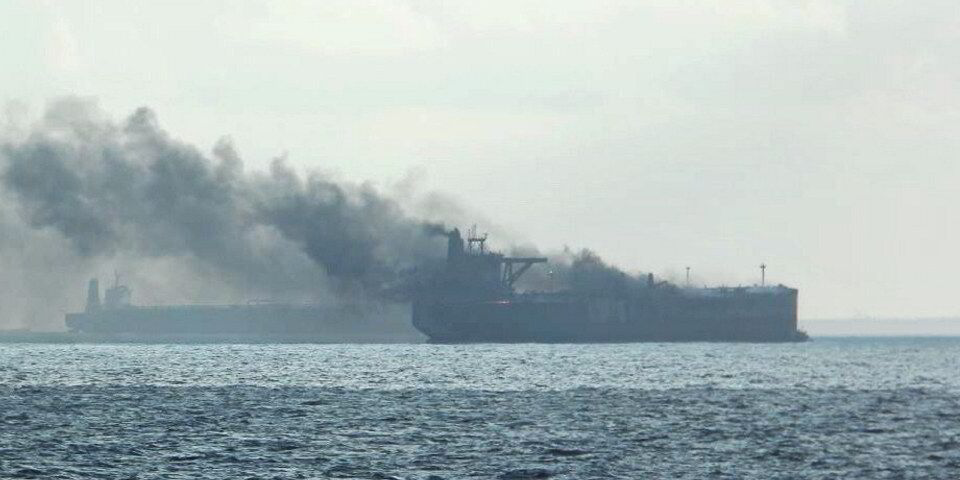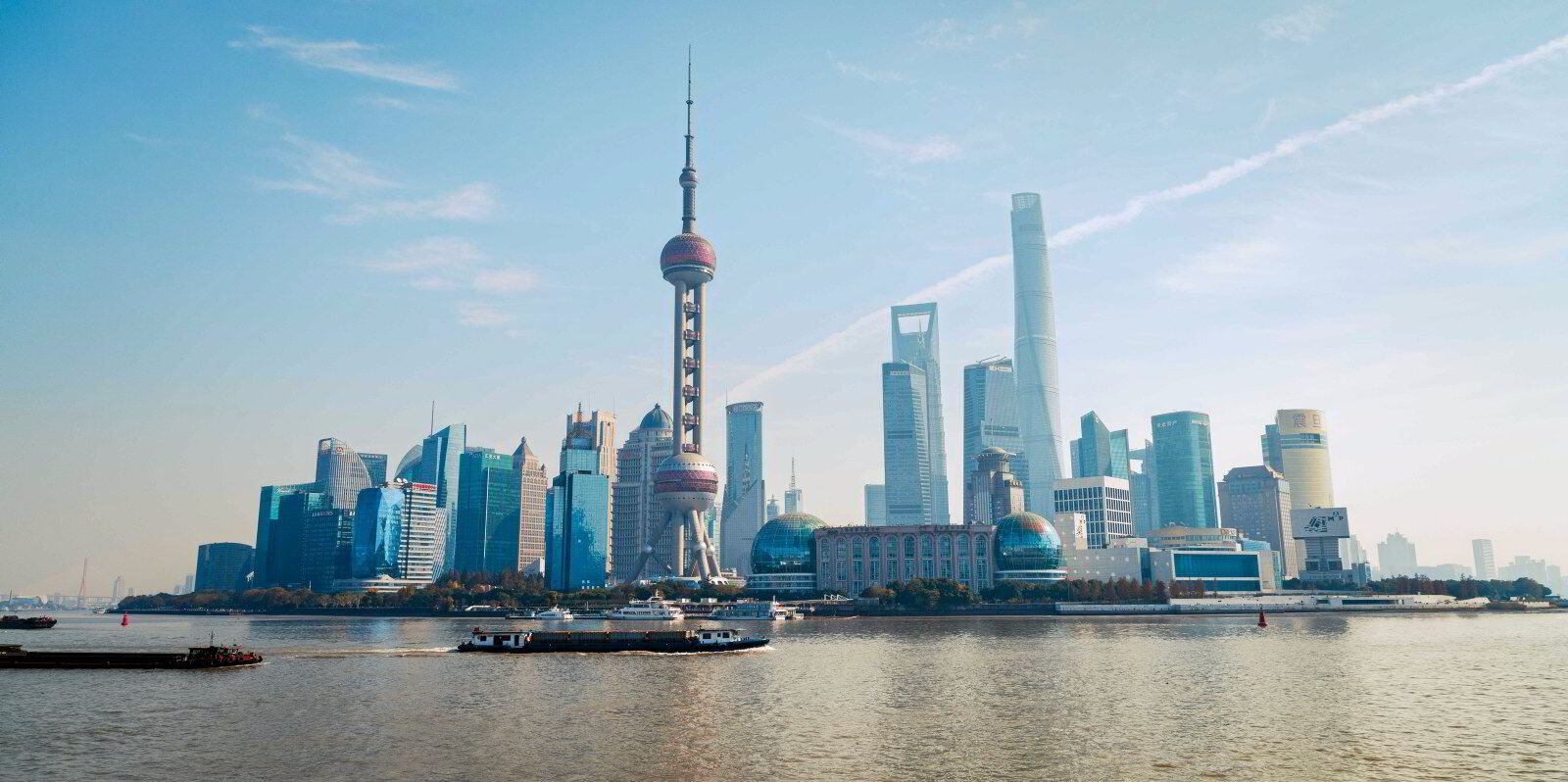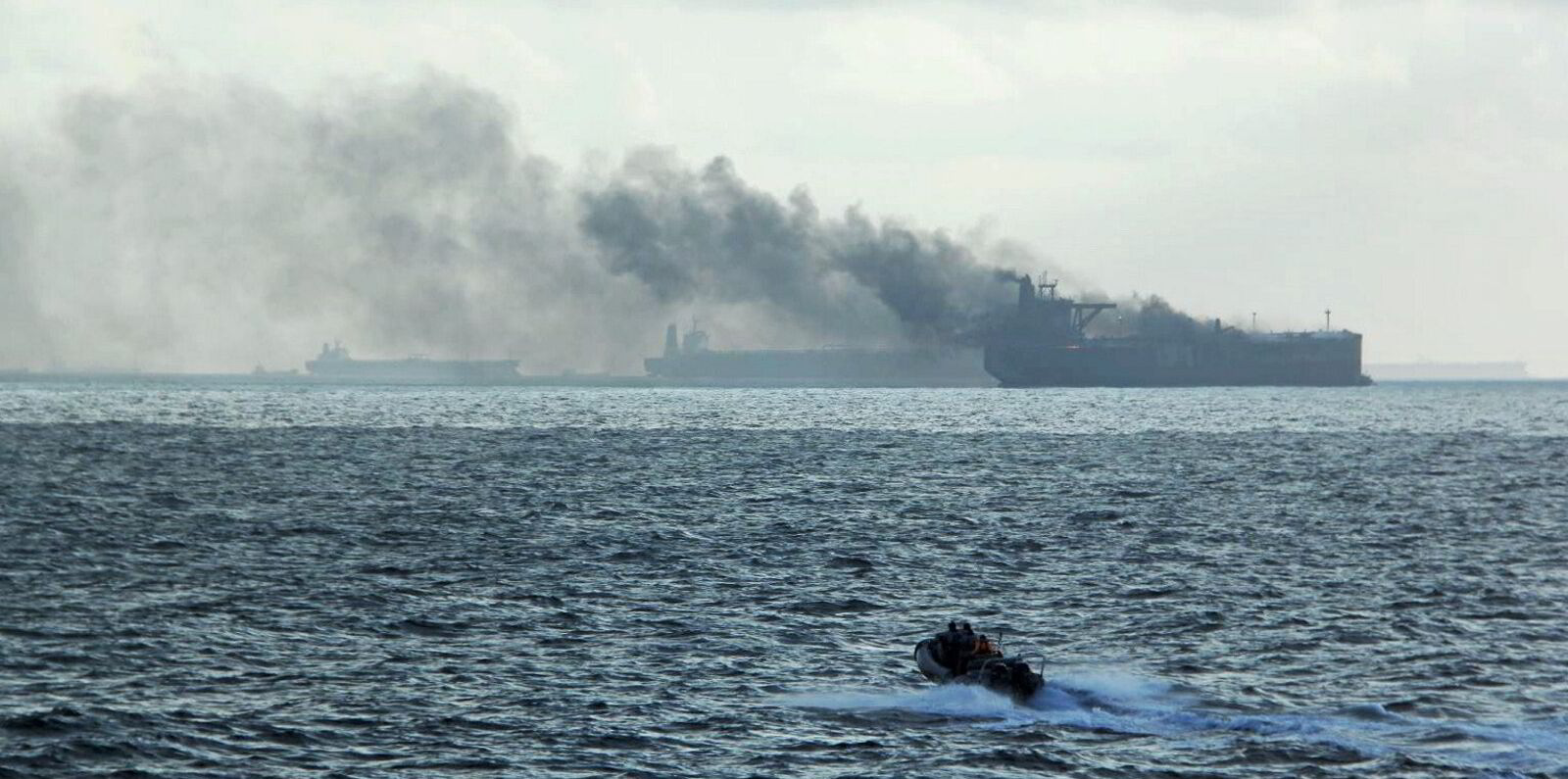Malaysian authorities report that the Chinese-controlled VLCC that caught fire after colliding with a Hafnia-owned LR1 tanker in the South China Sea has gone dark and disappeared from the accident scene.
Malaysian Maritime Enforcement Agency (MMEA) officials said late on Saturday that aircraft had been dispatched to track the 300,000-dwt Ceres I (built 2001), which was suspected to still be within Malaysian waters.
Officials, who said the accident occurred inside Malaysian regional waters, believe the vessel turned off its AIS transponders before fleeing.
“The vessel in question was detected to have left the collision area by closing the Automatic Identification System (AIS) however it is believed to still be in the Malaysian Regional Waters,” the MMEA said in its latest update on its social media pages.
“Information and review of Maritime Rescue Sub-Centre Johor Bahru together with the Malaysian Maritime Department also found the IMO registration number of the concerned ship is suspicious and the actions of the concerned ship leaving the incident area is also doubtful.”
The Sao Tome & Principe-flagged Ceres I was involved in a collision with the 74,200-dwt Hafnia Nile (built 2017) about 55 km (35 miles) north-east of the Singaporean island of Pedra Branca on Friday.
Both ships subsequently caught fire. The entire crew of the Hafnia Nile were evacuated, while 26 of the 40 crew members on the Ceres I remained on board to fight the fire.
The Ceres I has been been accused of lifting Iranian oil in contravention of US sanctions by United Against Nuclear Iran, a New York-based pro-sanctions pressure group.
Shanghai Prosperity Ship Management, its manager, has been raising suspicions of sanctions-busting activities for five years, Tradewinds reported on Friday.
Photos taken of the Ceres I on Friday showed it to be in light condition, which suggested that it had no cargo on board at the time of the collision.
The Iranian oil ministry said on Saturday that no Iranian oil was on board the tanker.
Hafnia said on Saturday that salvage experts had boarded the Hafnia Nile and an initial assessment had found that the fire was no longer burning on board.
A towing connection was established with one of the attending tugs to prevent the Hafnia Nile from drifting further out to sea.
The product tanker is loaded with a cargo of naphtha that it was ferrying from Spain to Japan.
Gard, the Hafnia Nile’s Norwegian insurer, told TradeWinds on Friday that it had yet to make contact with the cover provider of Ceres I, and the identity of the VLCC’s protection and indemnity provider remained a mystery.





